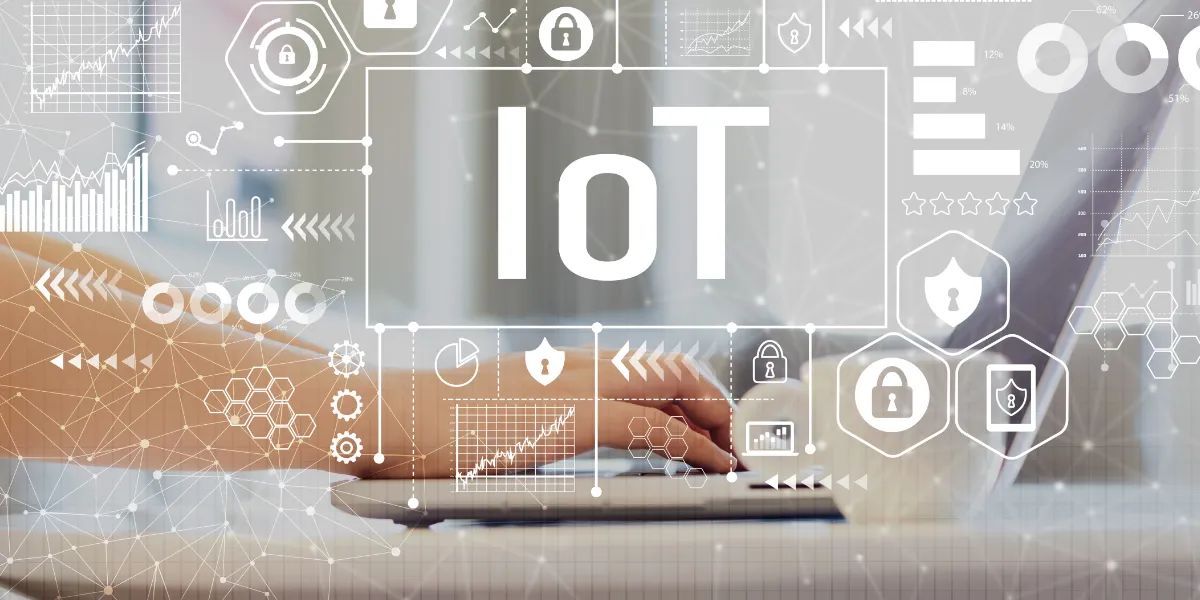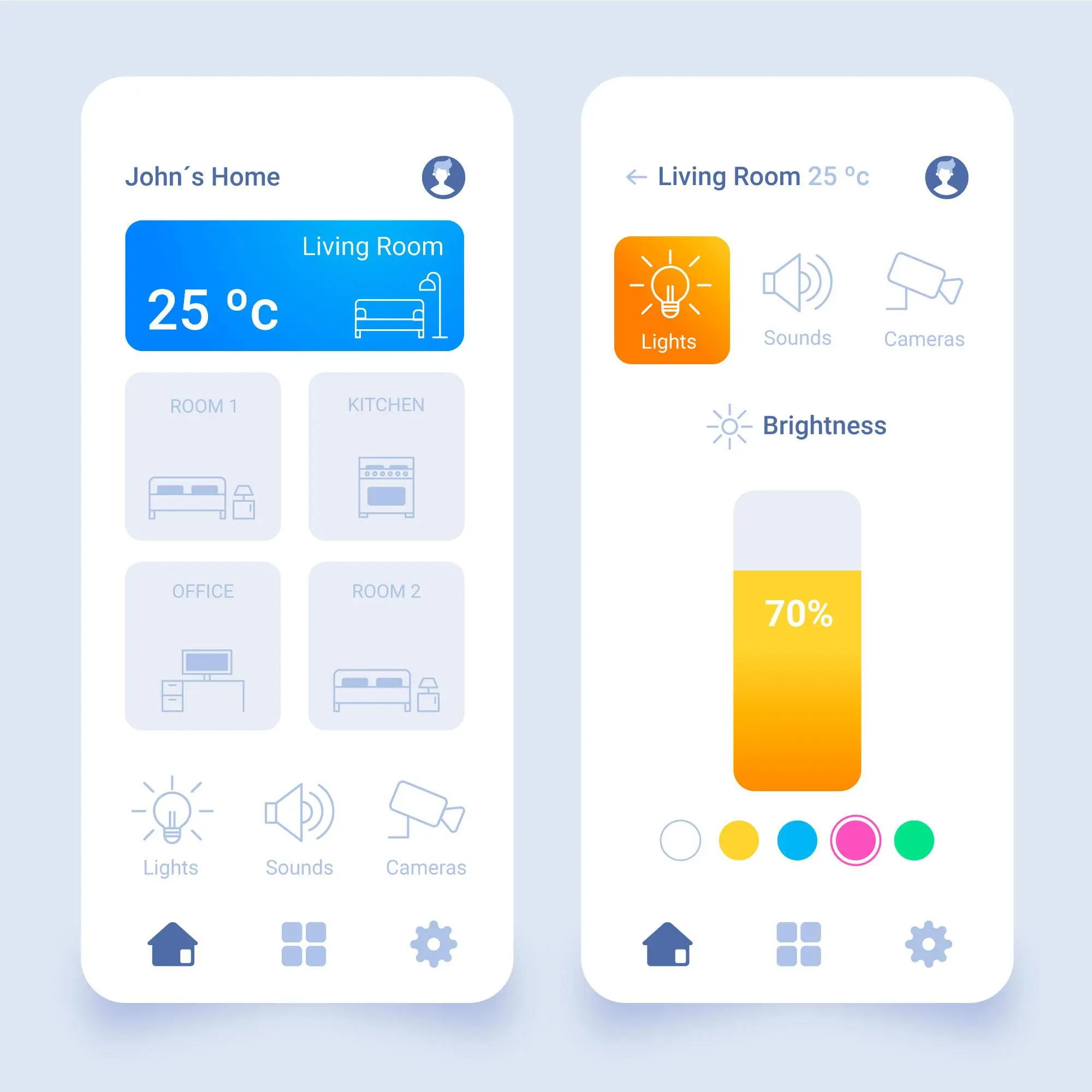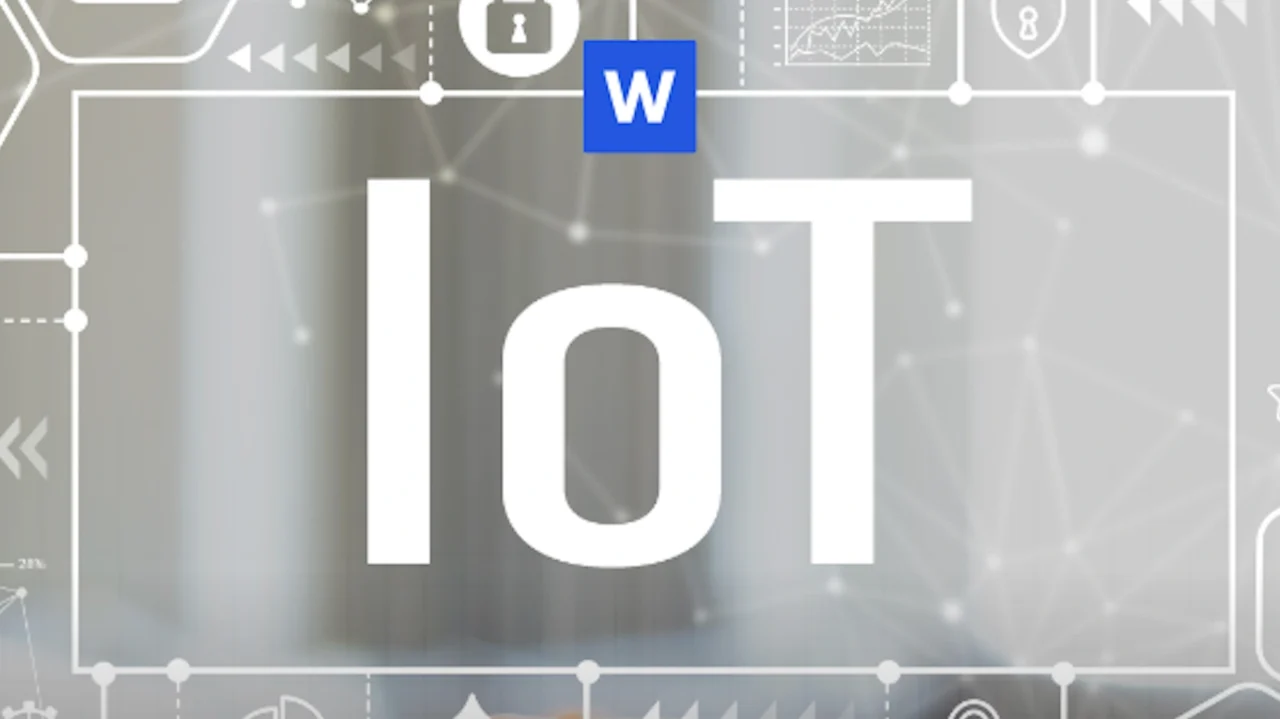What is the Internet of Things (IoT) and how does it work?

For about 30 years, we’ve been working on the idea of making everyday objects a little more interactive. Ideas like the smart home, also known as the home of tomorrow, have revolutionized things before we even realize it.
The IoT empowers objects that were previously connected via closed-loop communication, such as communicators, cameras, sensors, and others, allowing them to communicate globally through the use of the Internet of Networks. If we had to define IoT , it would probably be best to say that it’s a network that interconnects physical objects using the Internet.
How does the Internet of Things work?
The trick in all of this lies in embedded systems. These are chips and circuits that might seem very rudimentary compared to, say, a smartphone, but they have all the tools necessary to perform very specific specialized tasks.
In any case, the principle is the same, and the key is remote operation. Each object connected to the Internet has a specific IP address, and through that IP address, they can be accessed to receive instructions. They can also contact an external server and send the data they collect.
When will he be among us?
One of the most common questions with the Internet of Things is:
When will IoT finally be in our lives?
The answer is that it has been for a few years now. Unlike some much more popular technologies, IoT hasn’t found its traction in the consumer market. Yet, we’ve seen Apple and Google take some discreet steps forward with technologies like Home Kit and Android @Home.
However, it is in the private sector where the Internet of Things is becoming increasingly popular.
The mass production industry:
Machinery responsible for controlling manufacturing processes, such as assembly robots, temperature sensors, and production control, is increasingly connected to the Internet in more and more companies, allowing for centralized infrastructure control.
Control of urban infrastructure:
Traffic light control, bridges, railways, urban cameras. More and more cities are implementing this type of infrastructure based on the Internet of Things , which allows them to monitor the proper functioning of their structures and adapt their operations more flexibly to new events.

Environmental control:
This is one of the areas where IoT is having the most success, as it allows access to information from atmospheric, meteorological, and seismic sensors from virtually anywhere.
Health sector:
More and more clinics and hospitals around the world are relying on systems that allow healthcare personnel to actively monitor patients on an outpatient, noninvasive basis.
There are also Internet of Things applications for transportation, the energy industry, and virtually every commercial sector. Rutapps is one of them, an expert app for real-time route monitoring , featuring cutting-edge technology and one of the best on the market. We invite you to learn about it and take a look at the future of IoT →www.rutapps.co







